Columbus Center: What went wrong?
Fall 2021
History & Theory of Planning
Columbia GSAPP
Fall 2021
History & Theory of Planning
Columbia GSAPP
In late 1997, just around the time Boston climbed out of the previous economic turndown, Columbus Center was first proposed as “a sprawling complex whose tallest building would have reached 35 stories.”
Should the project have come to fruition, “[it] would [have produced] public benefits, including four new parks, improvements to air quality in the MBTA's Back Bay Station, and better groundwater management in nearby neighborhoods that [had] struggled with flooding.” Yet, it’s history primarily consisted of economic strife, construction hiatuses, intransigence of locals and ultimately an anti-climatic end.
This case study aims to investigate the various factors leading to unviability of Columbus Center. These factors include but are not limited to the plans, location, neighbourhood demographics, project financing (or lack thereof), public opinion, external economic factors and contextual challenges.
Should the project have come to fruition, “[it] would [have produced] public benefits, including four new parks, improvements to air quality in the MBTA's Back Bay Station, and better groundwater management in nearby neighborhoods that [had] struggled with flooding.” Yet, it’s history primarily consisted of economic strife, construction hiatuses, intransigence of locals and ultimately an anti-climatic end.
This case study aims to investigate the various factors leading to unviability of Columbus Center. These factors include but are not limited to the plans, location, neighbourhood demographics, project financing (or lack thereof), public opinion, external economic factors and contextual challenges.
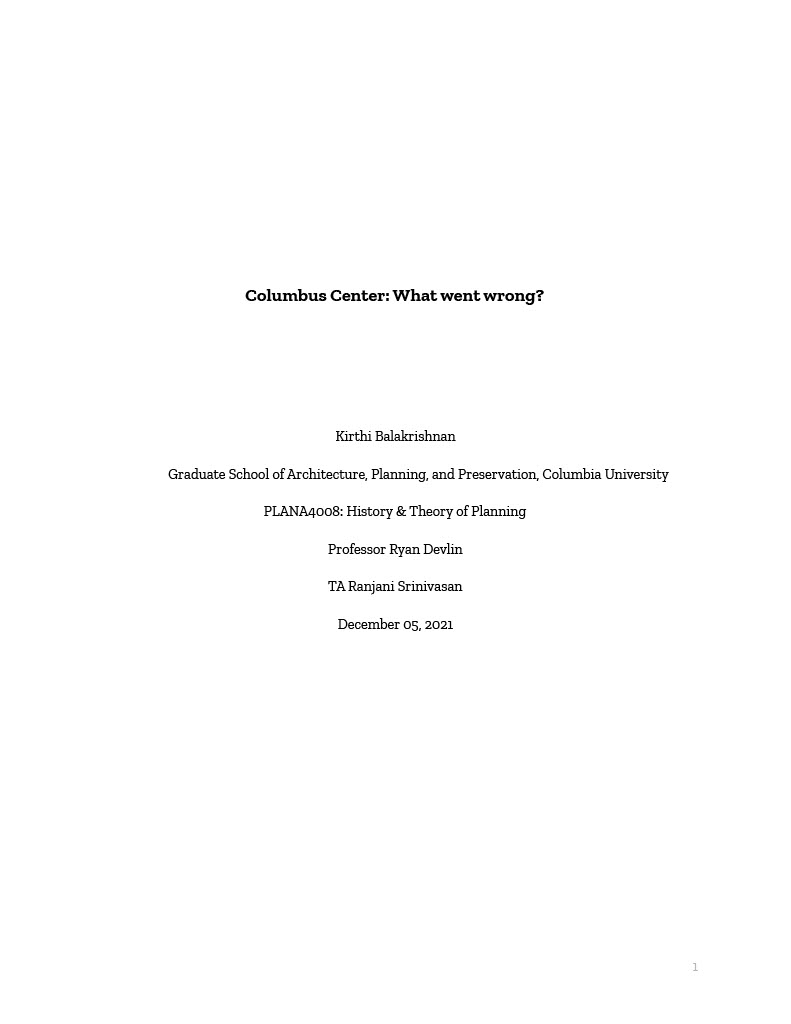
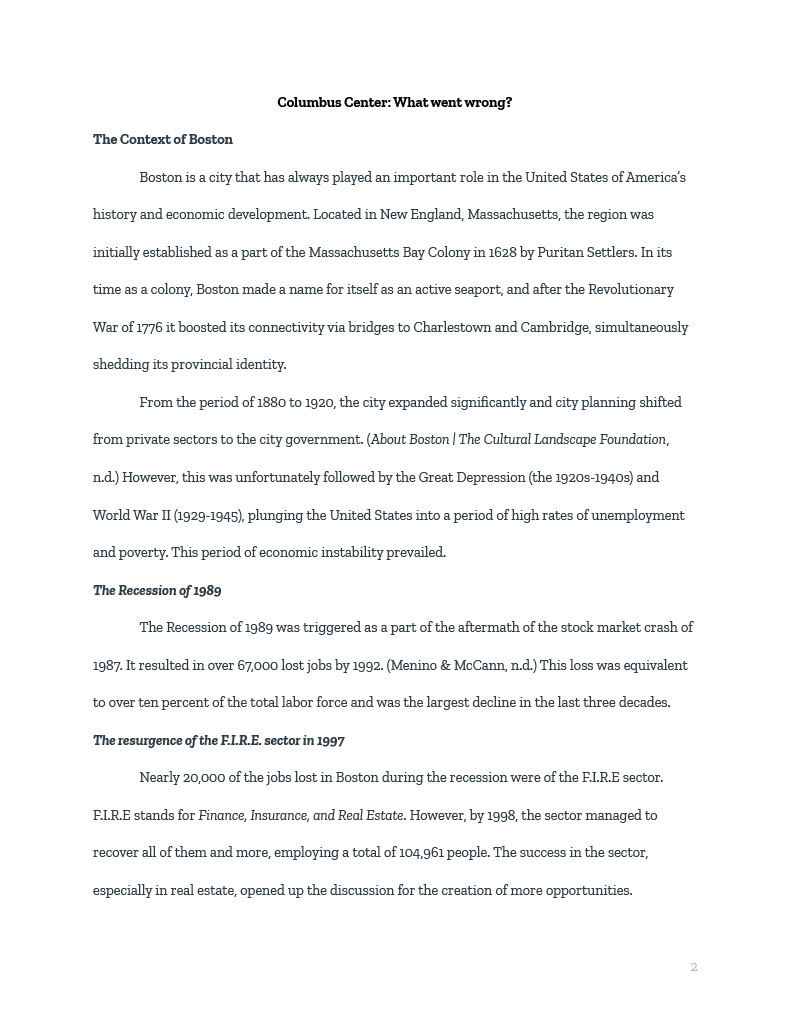
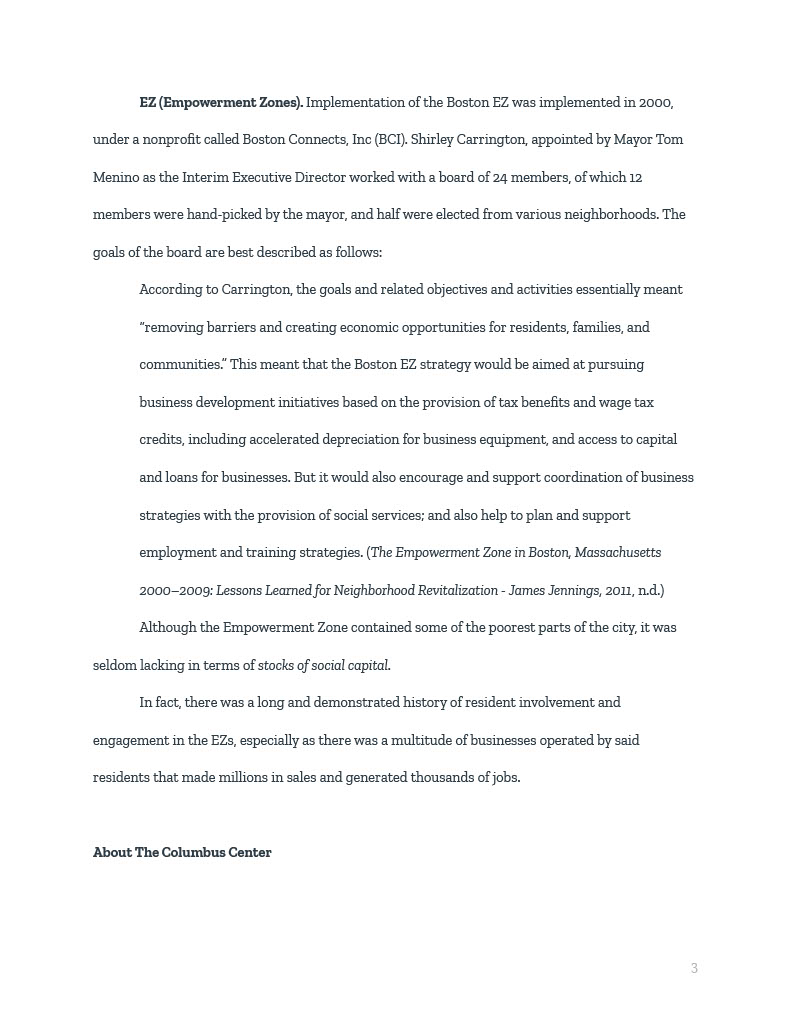
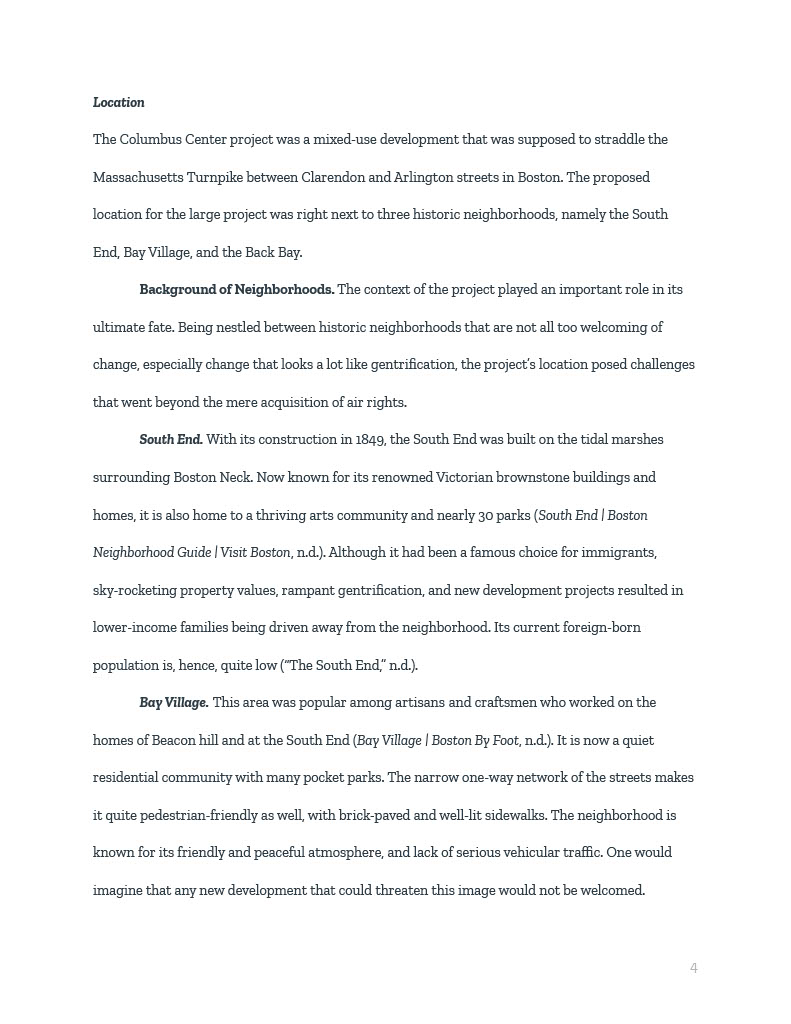


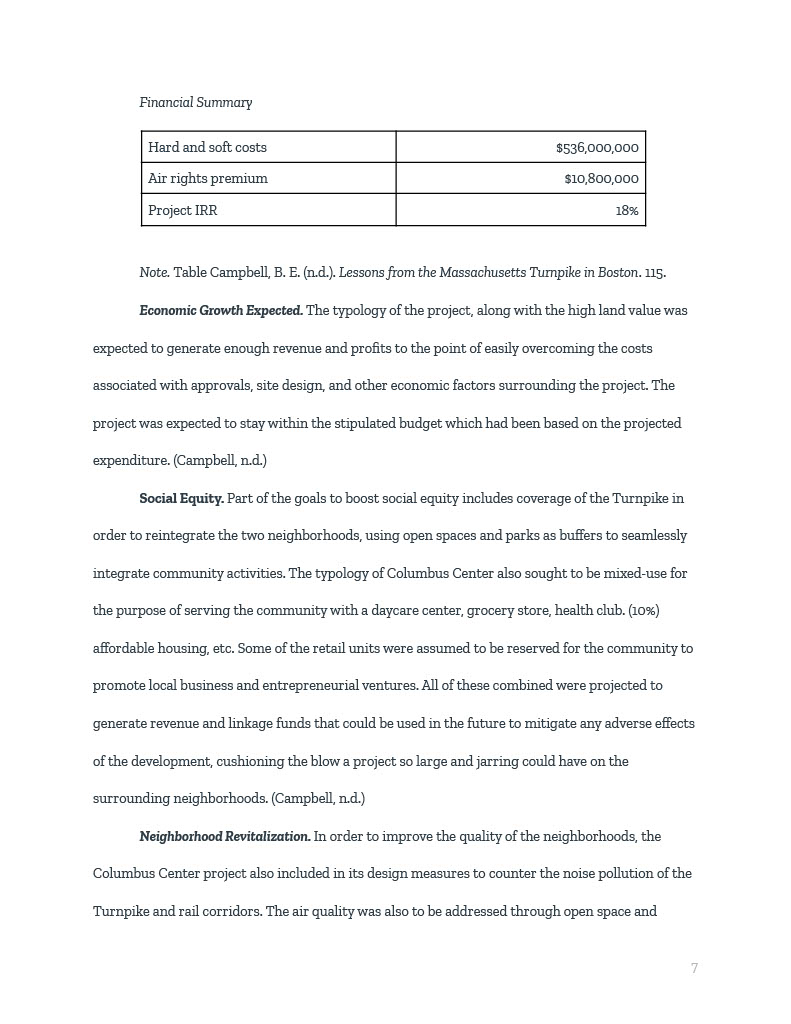

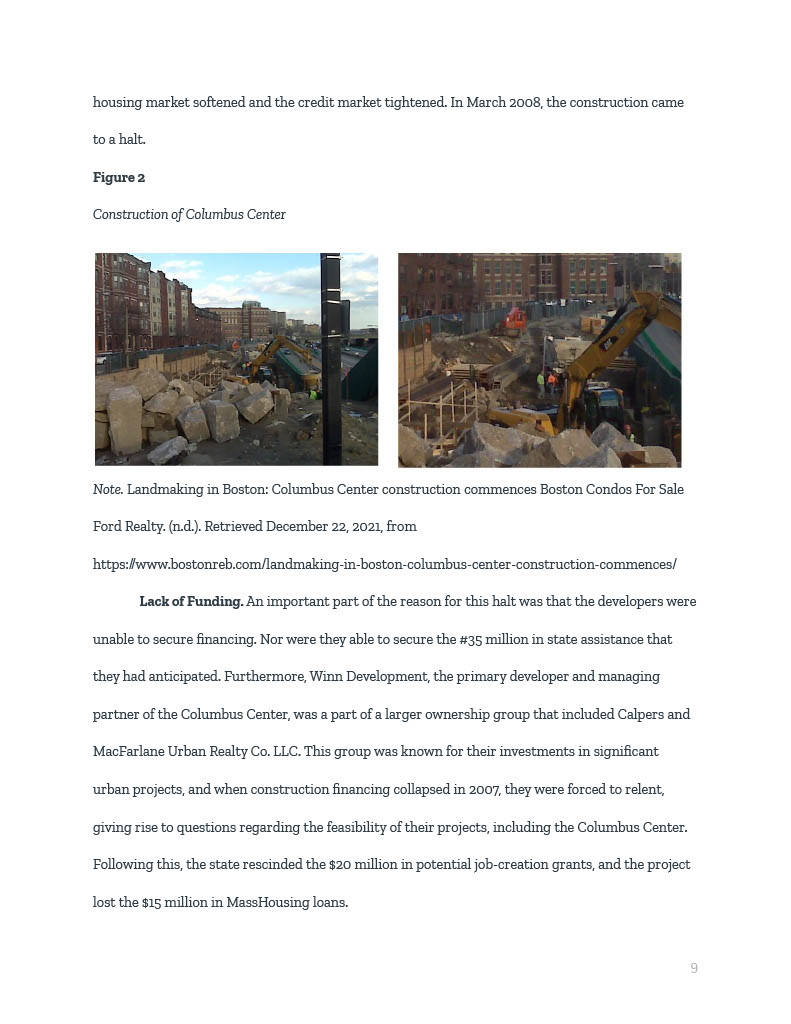

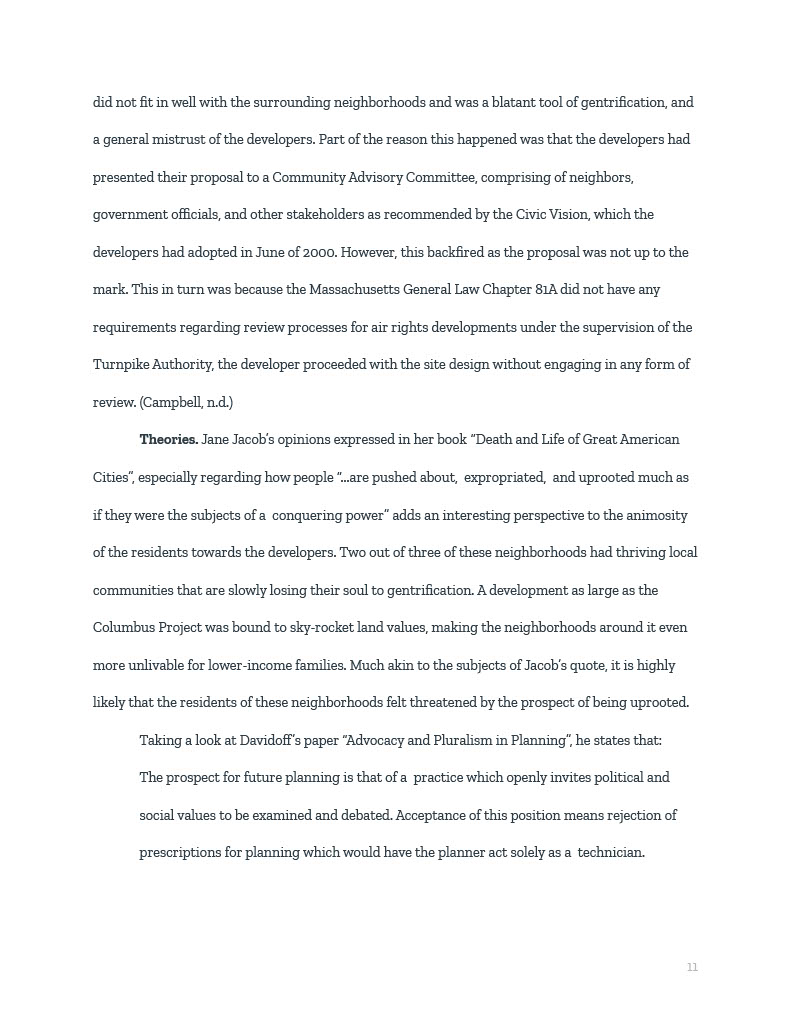
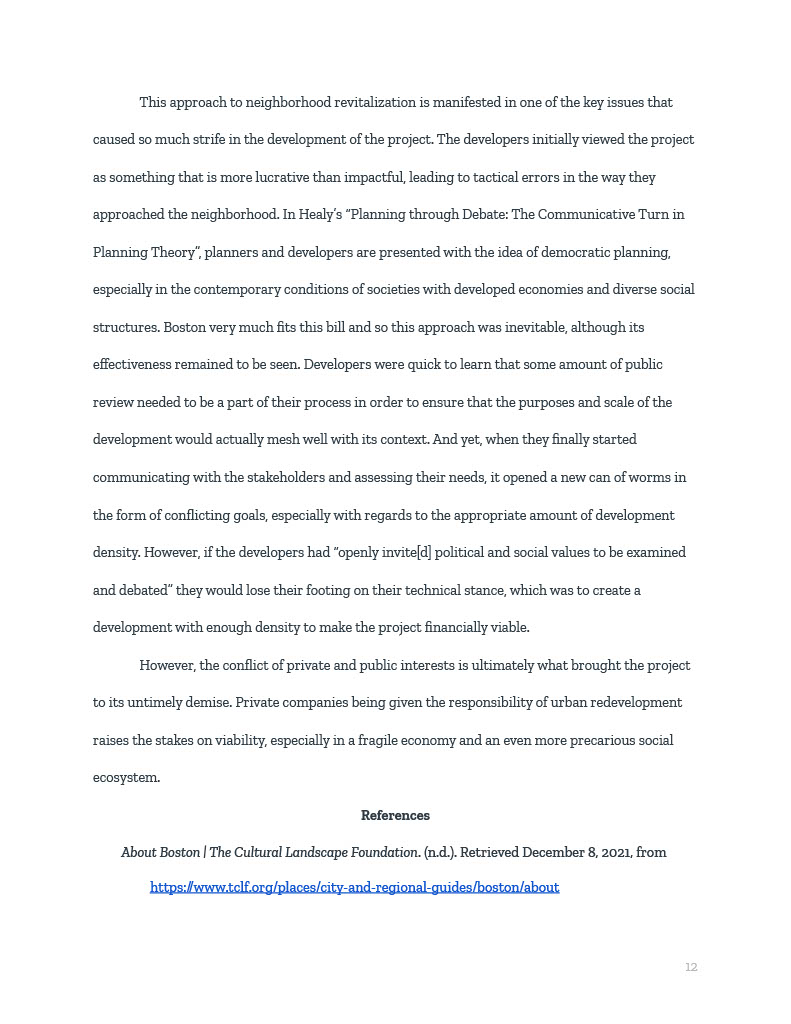
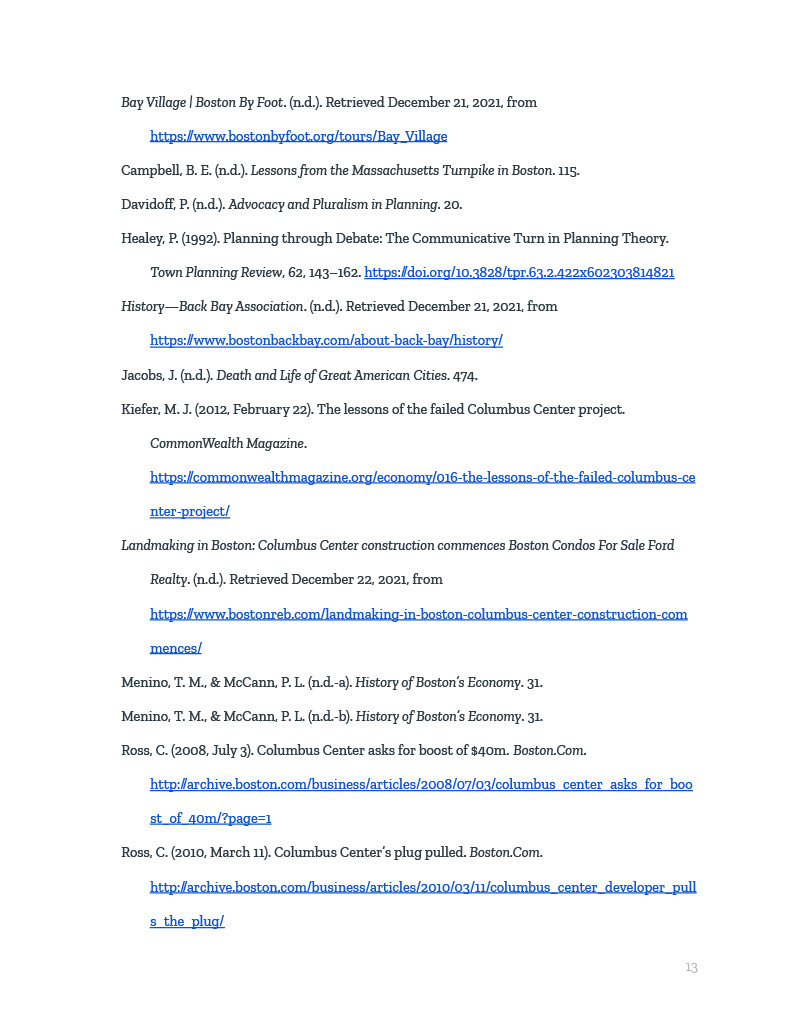
Paper by Kirthi Balakrishnan
Course by Professor Ryan Devlin
Thumbail Credit